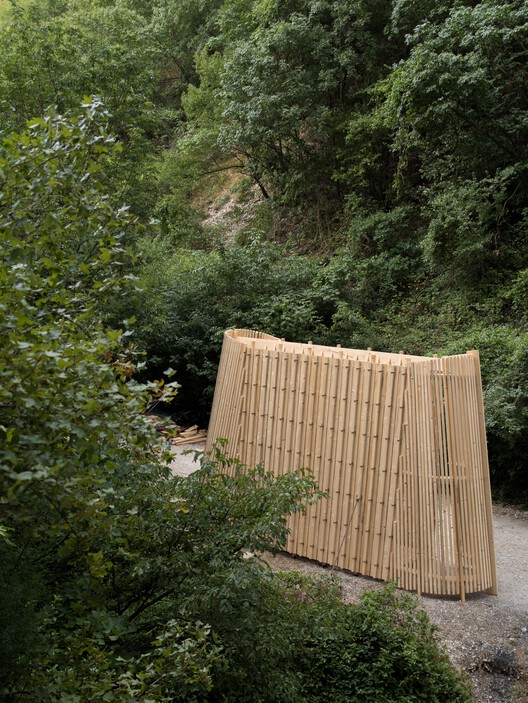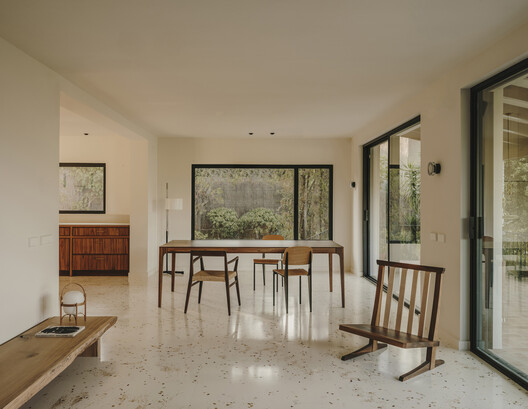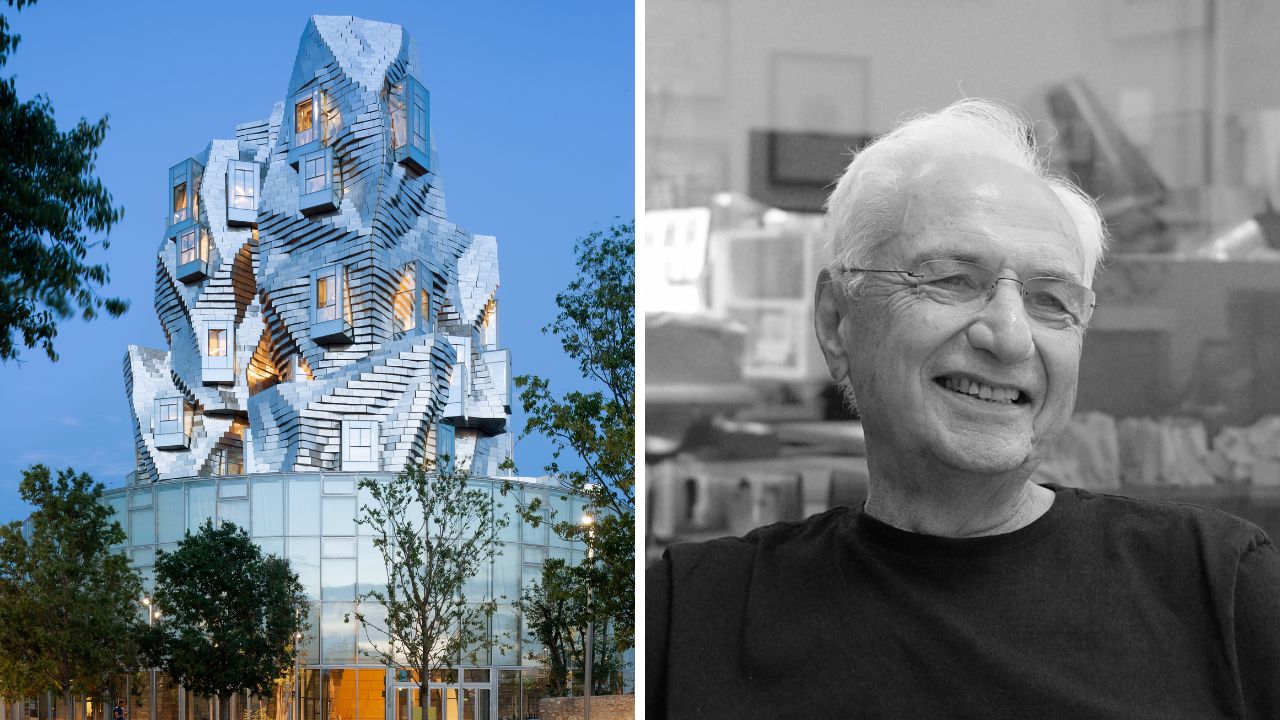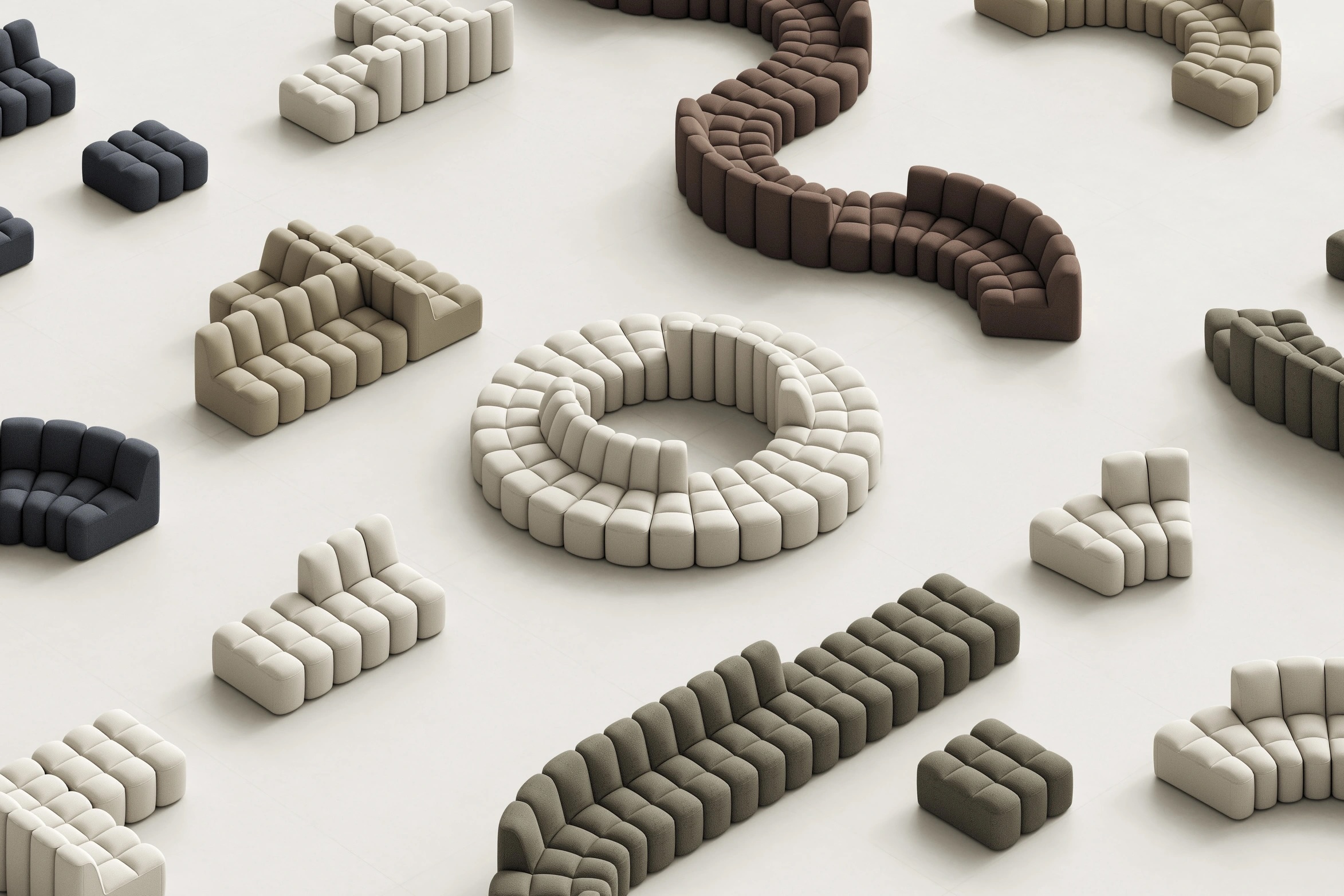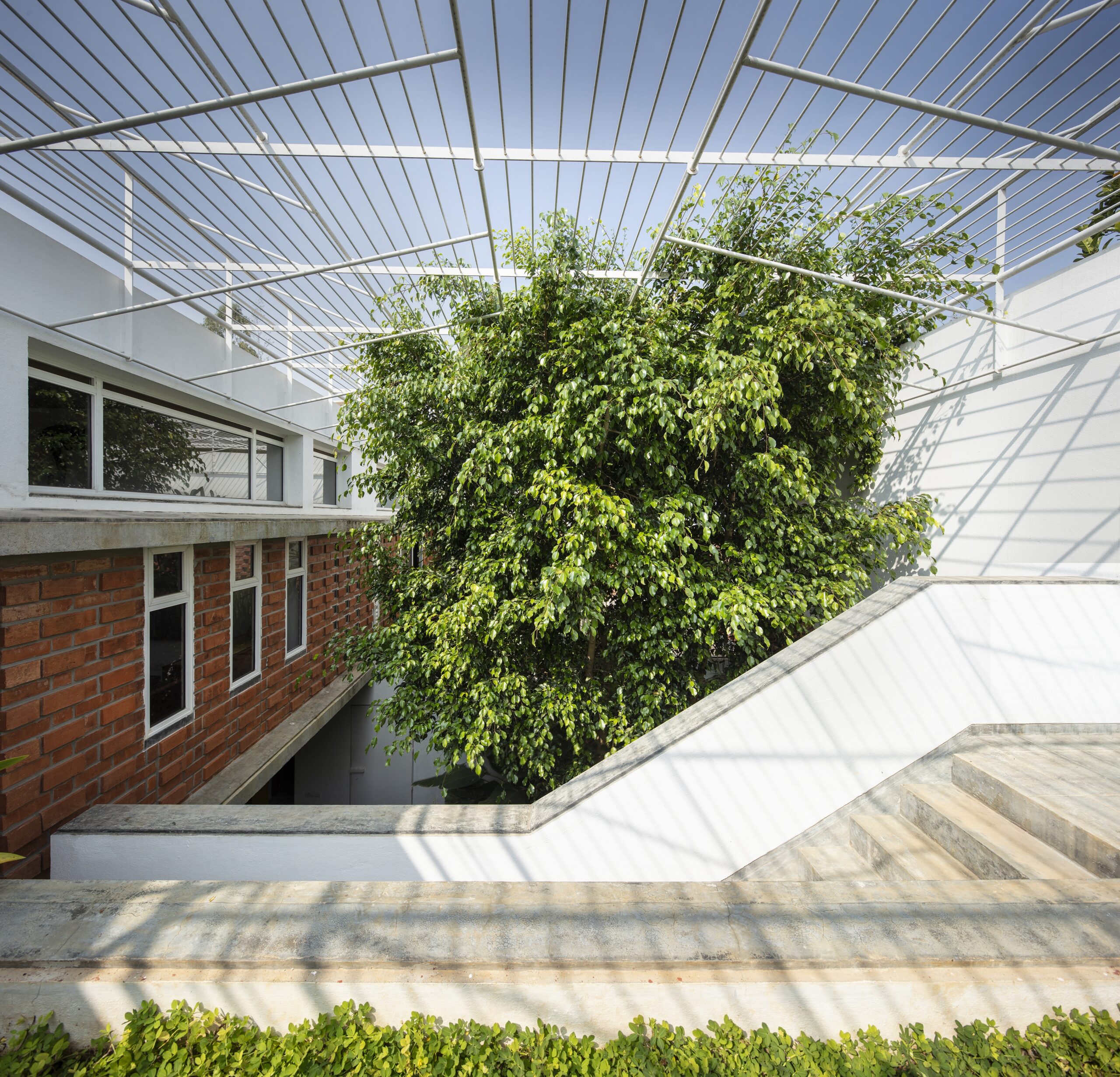Seven foamless sofas filled with unexpected materials


Launches of foam-free sofas are coming in hot and fast, as furniture makers wake up to the toxic impacts of polyurethane padding. Below are seven recent examples, packed instead with beans, latex and nothing but air.
Polyurethane foam has dominated the soft furniture industry since the late 1950s. But now that sustainability is joining comfort and affordability among the key requirements that a product should meet, designers are increasingly turning away from the wonder material.
That's because – beyond being made from fossil fuels – the foam is also nearly impossible to recycle and high in toxic additives that can pose a risk to human health.
As furniture makers race to find suitable alternatives, many are either returning to traditional padding like feathers and springs, or experimenting with natural materials such as latex, wool and coconut fibre.
While manufacturers like Morgan and SCP are working to cut out fossil fuels altogether, others are reaching for alternative plastics that will recycle or biodegrade more easily, combined with modern fabrication techniques such as 3D-knitting to cut down on waste and material use.
Read on for seven examples of how furniture brands are going foam-free.

Bruton by SmithMatthias for Morgan
At last month's Clerkenwell Design Week, London studio SmithMatthias unveiled a sofa that's entirely foam-free. In fact, there is no plastic anywhere in the design, save for a thin layer of nylon webbing that constitutes less than one per cent of the frame.
Instead, the seating system features pocket springs topped with layers of natural materials including wool, coconut fibres, latex and duck feather.
"We've pushed traditional upholstery materials such as springs and wool to their limits, redefining their use in a contemporary way," said co-founder Gemma Matthias. "This innovative approach brings us full circle, using heritage techniques to drive modern design."

Puffer by Philippe Malouin for SCP
SCP started phasing out polyurethane in 2010. It took over a decade, but today none of the British furniture brand's products are made using plastic foam.
"It has been a long and complicated process – finding alternatives, re-training the factory to use them, briefing the designers to work with these materials, and then making products that both look great and have the kind of durability that is associated with foam," founder Sheridan Coakley told Dezeen.
Among the most technically complex products is this sofa by designer Philippe Malouin, which achieves the plump, overstuffed look of polyurethane using a sectional feather pocket construction modelled on puffer jackets.

Beanie Sofa by Nina Edwards Anker
As the name suggests, the Beanie sofa by New York designer Nina Edwards Anker is filled with a mixture of lentils and natural latex, creating a seat that is essentially one long bean bag.
"Latex is already big in the bedding world in different forms, and the furniture industry needs to catch up – especially because organic latex is more comfortable than artificial foam," designer Edwards Anker told Dezeen.

Alma by Francisco Gomez Paz for Paola Lenti
This outdoor sofa, launched by Argentine designer Francisco Gomez Paz at Milan design week, replaces foam with elastic mesh stretched over an algorithmically designed frame to provide comfort and support without the need for padding.
For extra cushioning, oversized pillows can be layered on top – filled not with animal products like feathers but with a special type of recycled polyester fibre, which the designer claims will biodegrade almost completely in the environment in less than two years.
This reduces micro and macro plastic pollution but does still generate emissions, as microbes break down the petroleum-based plastic into carbon dioxide and methane.

The Tejo sofa is composed of 99 per cent natural, renewable materials, with a base and backrest made of cork, while latex wrapped in wool wadding serves as the filling.
The final product, finished with wool, flax or hemp upholstery, has a simple construction that is easy to disassemble so every element of the couch can ultimately be recycled.

Knit One by Paul Crofts for Isomi
This week saw English furniture brand Isomi unveil another take on a foamless sofa following the Dezeen Award-winning Tejo.
Debuted at Chicago trade show NeoCon, Knit One consists of only two elements – a metal frame and a zero-waste 3D-knitted fabric cover, with air providing the only cushioning.
"This time, I wanted to go even further and not just replace materials but remove them altogether where possible," co-founder and designer Paul Crofts told Dezeen. "It's about achieving comfort, structure and volume with the absolute minimum."

Edge Free by Pearson Lloyd for Modus Furniture
London industrial design studio Pearson Lloyd designed the Edge Free to have "significantly lower embodied carbon than traditional polyurethane foam seating".
Instead of plastic, the workplace seating collection is bolstered by waste coconut fibre from the food industry, layered with wool over steel springs.
The post Seven foamless sofas filled with unexpected materials appeared first on Dezeen.








_003.JPG)



